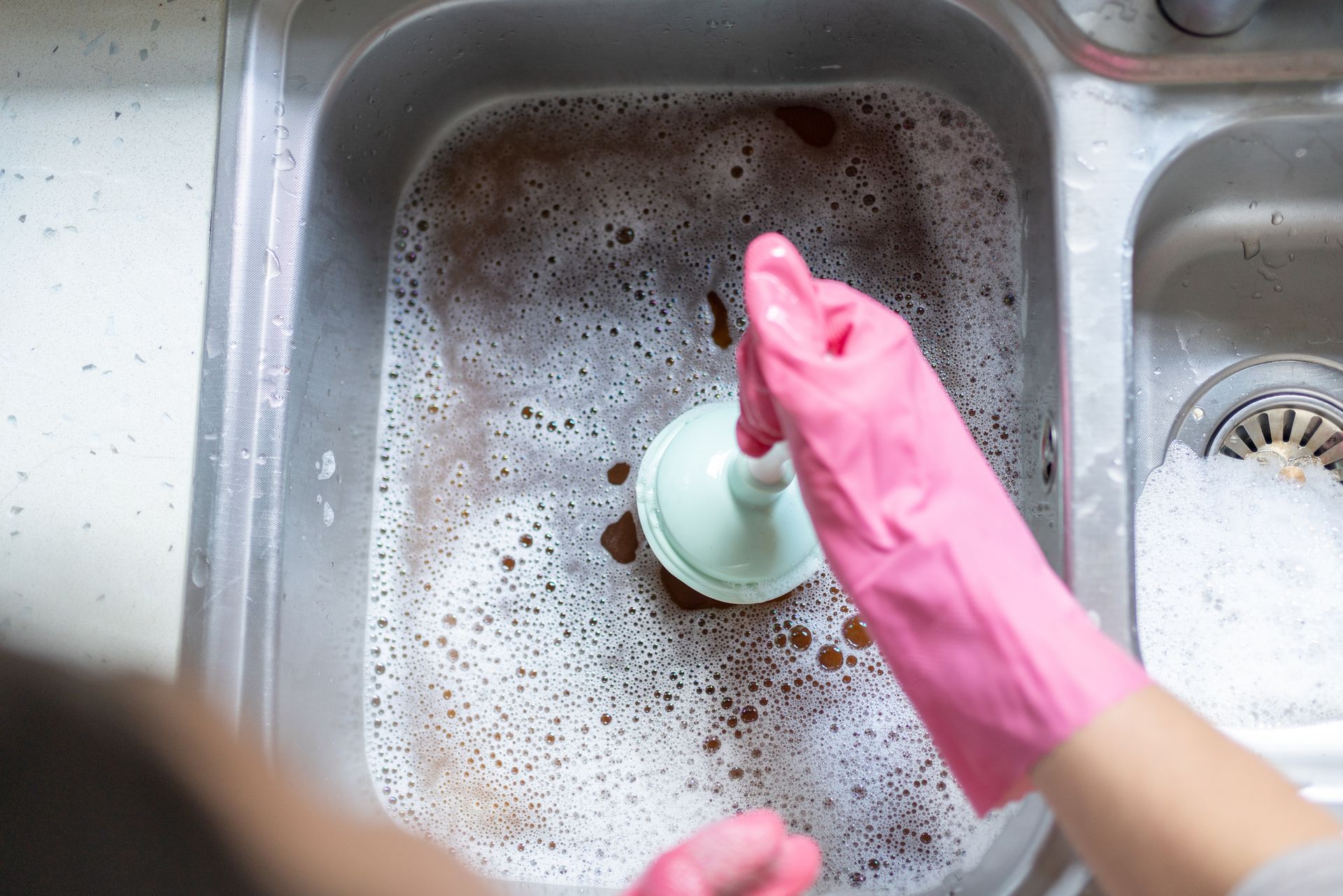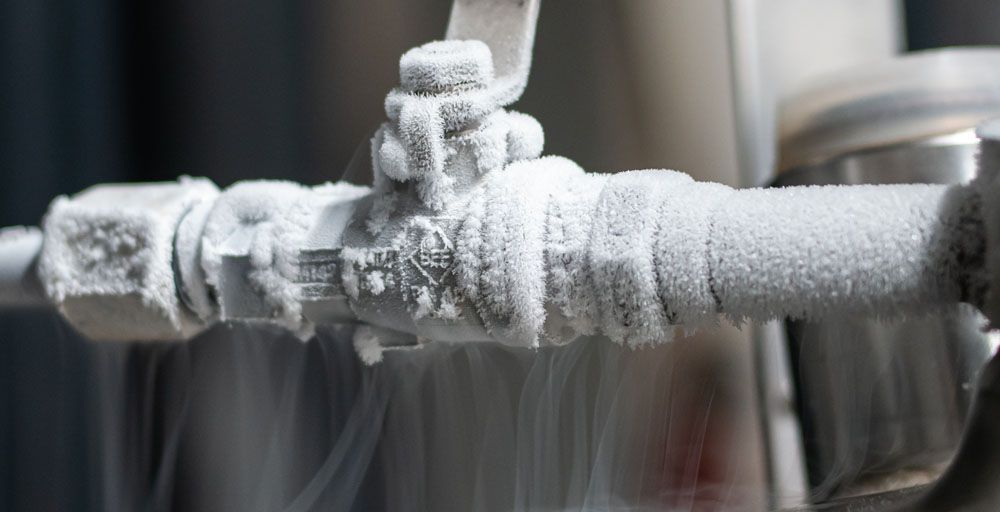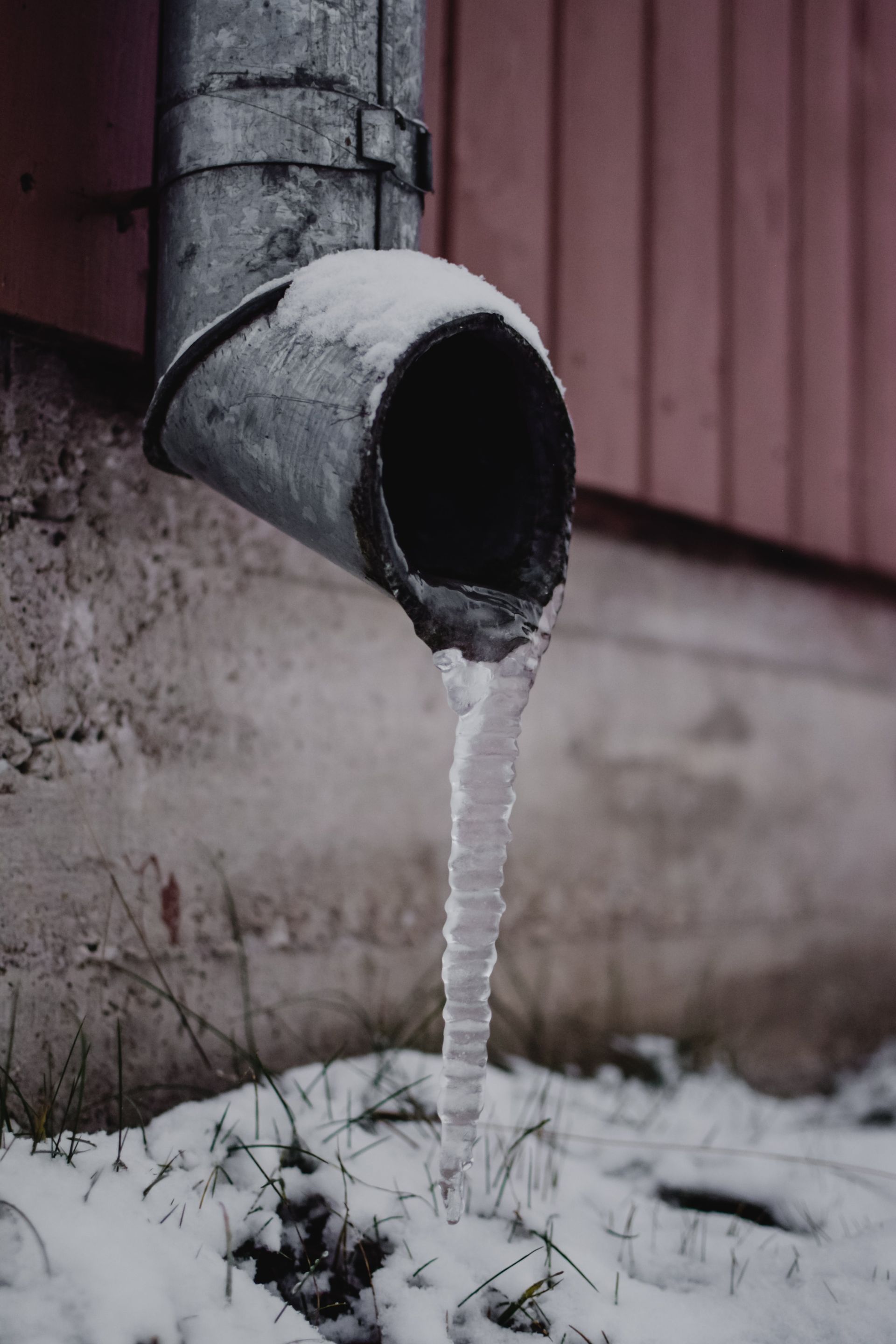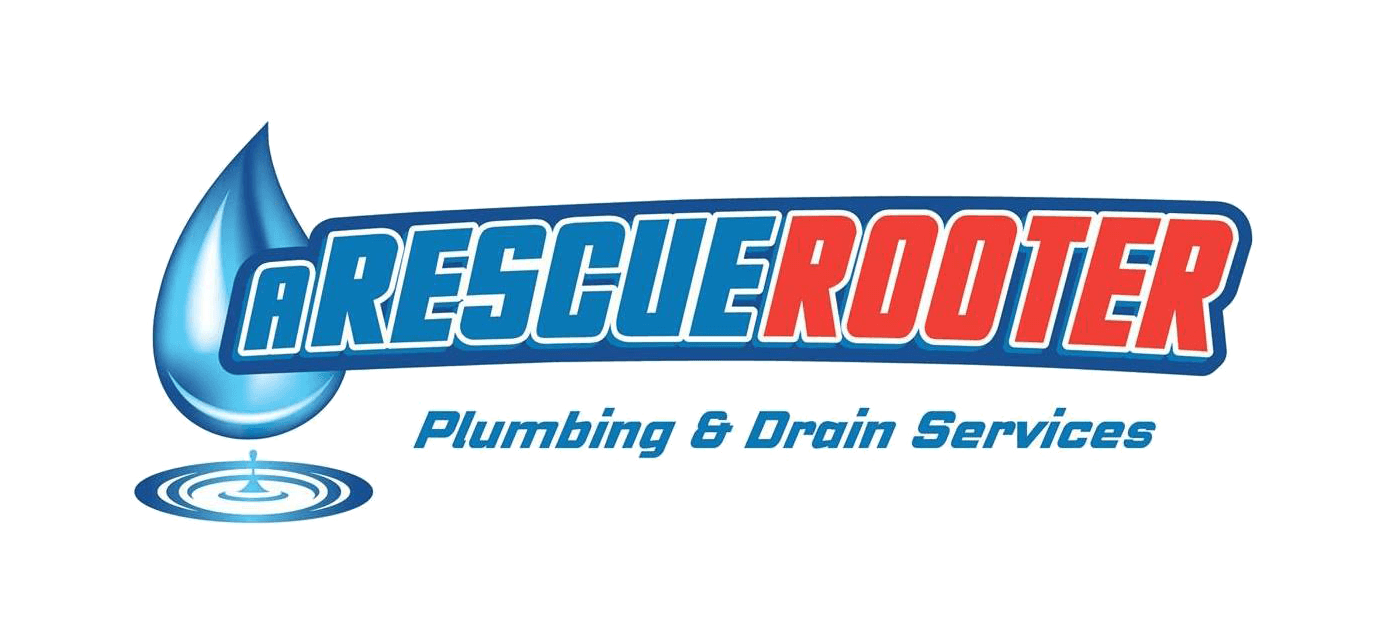How To Unclog a Sink in 5 Easy Steps

Dealing with a clogged sink is one of those household chores that seem to strike at the most inopportune times — like when you're running late in the morning, or during a bustling dinner party. The water takes ages to drain or, worse, it doesn’t drain at all. What do you do?
Whether it’s caused by excess hair, grease, or soap scum, a clogged sink is not only a nuisance but can also be a health hazard and lead to water damage if not managed promptly. But fear not, in this guide we'll walk you through the simple steps to take back control of your drain.
Understanding the Signs of a Clogged Sink
Before you roll up your sleeves, it's important to know the culprits. Pay attention to the signs — is the water draining slower than normal? Does it back up into the sink? Perhaps you hear gurgling sounds when the water is trying to go down.
These symptoms indicate you’re approaching a clog, or might already be there. Being proactive and addressing these issues promptly can prevent further damage.
Tools and Materials Needed
Unclogging your sink shouldn't require a PhD in plumbing. Basic tools and some easily obtainable materials are all you need. Here's what you should have ready:
- A sink plunger
- A plumber's snake/augers
- Baking soda
- Vinegar
- Boiling water
- Rubber gloves
- A bucket
- A sponge or cloth
- Adjustable wrench (for P-trap removal)
Make sure you're familiar with the operation of these tools before you begin. Safety should always come first, especially when it involves sharp objects and hot liquids.
The Step-by-Step Guide
Step 1: Clearing the Area and Preparing the Sink
Before you start plunging or dismantling any parts, ensure the area is clear. Remove any objects from around the sink that could interfere with your work. If you've got a double-basin kitchen sink or one with a secondary container, block the unclogged portion with a stopper or a damp cloth to ensure proper suction when you plunge.
Step 2: Using a Plunger to Unclog the Sink
A sink plunger is slightly different from a toilet plunger — it has a flat bottom and a narrower profile. It's your first line of defense against a clog in most cases. Here's how to use it effectively:
- Fill the sink with a few inches of water to create a seal around the plunger.
- Position the plunger over the drain, ensuring it forms a tight seal.
- Plunge up and down rapidly several times, maintaining the seal.
- Check to see if the water begins to drain. If it doesn't, repeat the process a few times.
Step 3: Applying Natural Solutions for Unclogging
If plunging doesn’t do the trick, it’s time to switch to household remedies:
- Pour a pot of boiling water down the drain to dissolve some of the blockage.
- Create a mixture of one part baking soda to one part vinegar and pour it down the drain, using the solution's fizzing action to dislodge the clog. Afterward, pour hot water to flush it away.
Be patient with these solutions — they're often effective, but might need time to work, especially on tougher clogs.
Step 4: Checking and Clearing the P-Trap
The P-trap is the curved section of pipe under the sink. It’s common for it to collect debris over time. To clear the P-trap:
- Place a bucket or pan under the P-trap to catch any water and debris.
- Use an adjustable wrench to loosen the slip nuts that hold the P-trap in place.
- Once removed, clear out any visible obstructions with a gloved hand or a long brush.
- Reassemble the P-trap and run water to check if the problem is fixed.
Step 5: Preventing Future Clogs
The best way to cope with sink clogs is to stop them from happening in the first place:
- Use strainers to catch hair and debris in the bathroom.
- Never pour grease or oils down the kitchen sink — always dispose of them in the trash or collect them for recycling.
- Regularly flush your drains with hot water to prevent build-up.
When to Call a Professional
Sometimes, despite your best efforts, a clog may be deep in the pipes or there could be a more serious issue at play. If you're dealing with recurrent clogs, if multiple sinks are affected, or if you’ve tried several methods with no luck, it might be time to call in a professional Hamilton plumber. Rescue Rooter has the expertise and equipment to diagnose and resolve the issue safely and effectively.
Ensuring your sink is free-flowing is essential for a smoothly functioning home. Regular maintenance and prompt attention to clogs can save you both time and money, while keeping your plumbing in good shape. We hope this guide helps you regain control over your sink drainage. Remember to be cautious and, if in doubt, don't hesitate to seek professional help when it comes to clogged sink repairs in Hamilton.
Mastering the art of home maintenance can seem daunting, but with each challenge you tackle, you become more capable and in tune with your living space. Happy plunging, and here's to never having a sink clog get the best of you again.
To further empower your home management skills, check out other insightful guides on our blog. And if you've got more unclogging wisdom to share, we'd love to hear about it in the comments section below! Contact us today for all of your
plumbing issues today!






